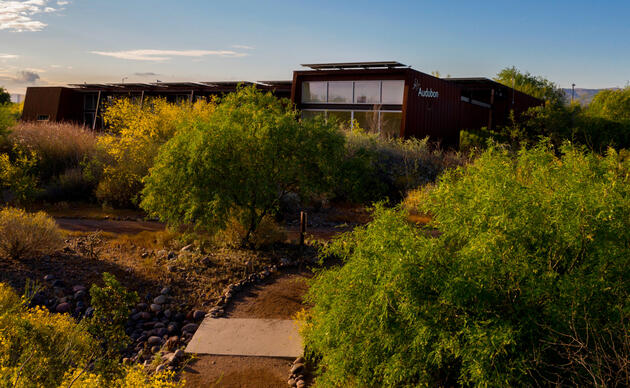If you’ve ever strolled along the banks of the Gila River, wandered a riverside park near the Colorado, or paused to watch the water flow under a bridge along the Rio Grande, you may have been greeted by the graceful flick of a small black-and-white bird. With its distinctive tuxedo-like plumage and gentle tail-wag, the Black Phoebe is a common inhabitant of wet sites across the desert Southwest.
Often found perched on low branches or rocks close to the water, the Black Phoebe (Sayornis nigricans) is a flycatcher brimming with personality. It sports a classy look of black feathers contrasted sharply with a bright white belly, as if it’s on its way to a black-tie event. Watch it long enough and you will likely see it bob its tail for balance before launching off its perch to catch an insect in midair.
Closely related to the Say’s Phoebe and Eastern Phoebe, the Black Phoebe is part of a hardy genus of flycatcher. While their cousins, the Empidonax flycatchers (Willow, Western, Alder, Least, etc.) head south of the border for the winter, the phoebes somehow manage to eke out a living in the States during the coldest months. It’s a remarkable feat for a bird so reliant on insects as its primary food source. So how do they manage this?
A key factor is the Black Phoebe’s strong association with water. In Arizona and New Mexico, they thrive around our desert rivers - the Gila, Rio Grande, Colorado and more– because moving water shelters pockets of aquatic insects even in winter. When most aerial insects go dormant in the winter, aquatic insects can still be found near flowing streams and rivers, providing a reliable food supply.
Here in Albuquerque, Black Phoebes can be found along the Rio Grande, in irrigation canals, and even under bridges and culverts. In fact, during the summer you’re more likely to see a Black Phoebe under a bridge or culvert, where they build their nests. Like swallows, Black Phoebes use mud from the river to construct their nest. They weave a small cup of grasses, leaves, or moss and plaster it with mud, so it clings to a vertical wall with an overhang – a perfect spot for staying sheltered. Historically, this nest-site preference has limited Black Phoebes during the breeding season to areas with cliffs or large rocks. However, human development in the southwest has greatly expanded nesting opportunities. Now, bridges, culverts, irrigation structures, and even house eaves provide prime real estate for phoebes.
Take the Middle Rio Grande for example. This river has been altered for centuries to support local farming communities. Today, the Middle Rio Grande Valley has some 1,200 miles of irrigation canals, ditches, and drains from Cochiti Dam to Elephant Butte. If you consider the irrigation infrastructure along other southwestern rivers like the Gila and Colorado, you can imagine how breeding habitat for Black Phoebes has skyrocketed! It’s no surprise, then, that Breeding Bird Survey data show Black Phoebe populations have doubled over the past 70 years, undoubtedly aided by these man-made structures.
This thriving Black Phoebe population highlights our deep connection with nature, reminding us that we are part of, not separate from, the web of life that surrounds us. When we take the time to learn how our actions impact the natural world around us, we are often led to feelings of despair or discouragement – especially when we confront what’s been lost. Yet, recognizing the “wins”, like Black Phoebes exploiting novel nest sites, can inspire us with resourcefulness and fill us with hope.
So, the next time you’re walking along one of our southwestern rivers, or strolling along farm ditch, take a moment to look for the sharp silhouette of a Black Phoebe. These opportunistic little birds remind us that even in scorching summers, chilly winters, or heavily altered landscapes, life will flourish where water flows.
In celebrating the Black Phoebe this month, we also celebrate the rivers and wetlands that sustain all life here in the southwest. So, grab your binoculars, explore a local river path, and revel in the vitality that our desert rivers offer.




